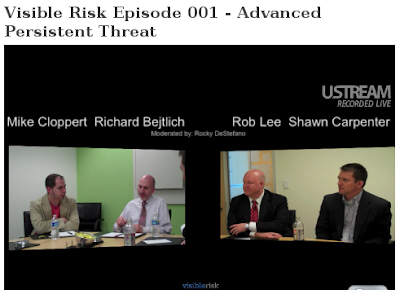Blame the Bullets, not PowerPoint

Blog readers probably know I am not a big fan of PowerPoint presentations. I sympathize with many points in the recent article We Have Met the Enemy and He Is PowerPoint , which resurrects the December 2009 story by Richard Engel titled So what is the actual surge strategy? I think it is important to focus, however, on the core problem with PowerPoint presentations: bullets. Bullets are related to the main PowerPoint problem, which is having the medium drive the message rather than having the message drive the medium . When you create a PowerPoint presentation that relies on bullets to deliver a message, you essentially cripple the intellect of anyone attending the presentation. I thought about this yesterday while listening to Johnny Cash. Let's imagine Johnny wanted to explain the devotion someone feels for his significant other. If his default thinking involved creating a PowerPoint presentation every time he wanted to communicate, the bullets might look something like t










